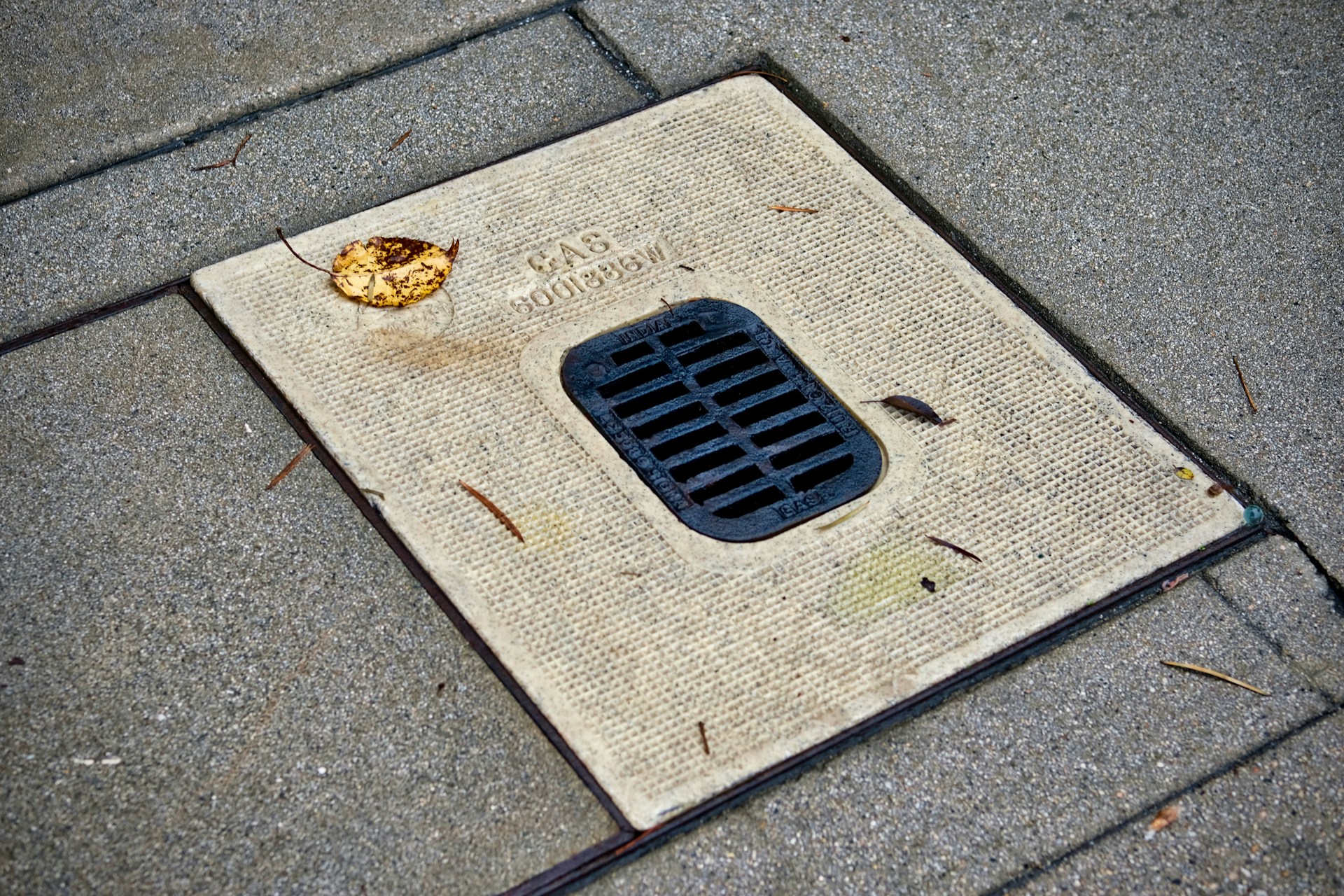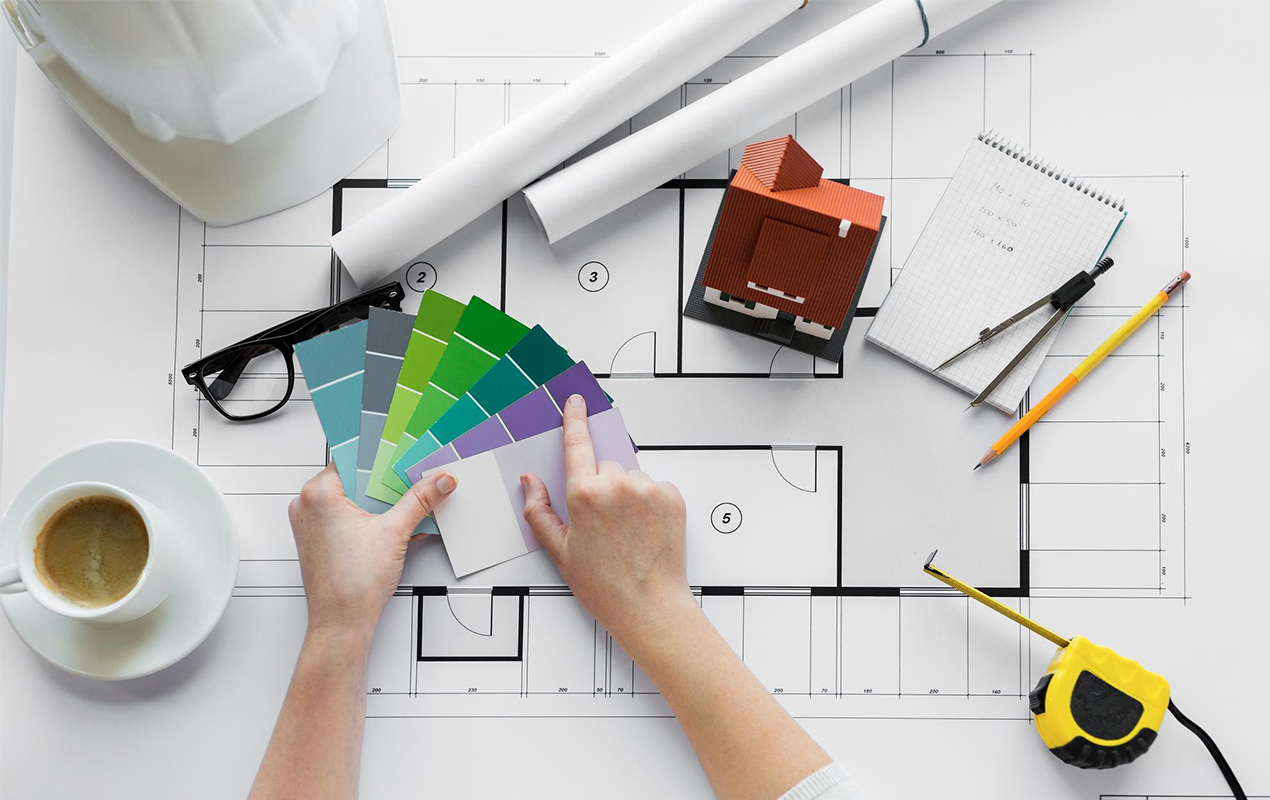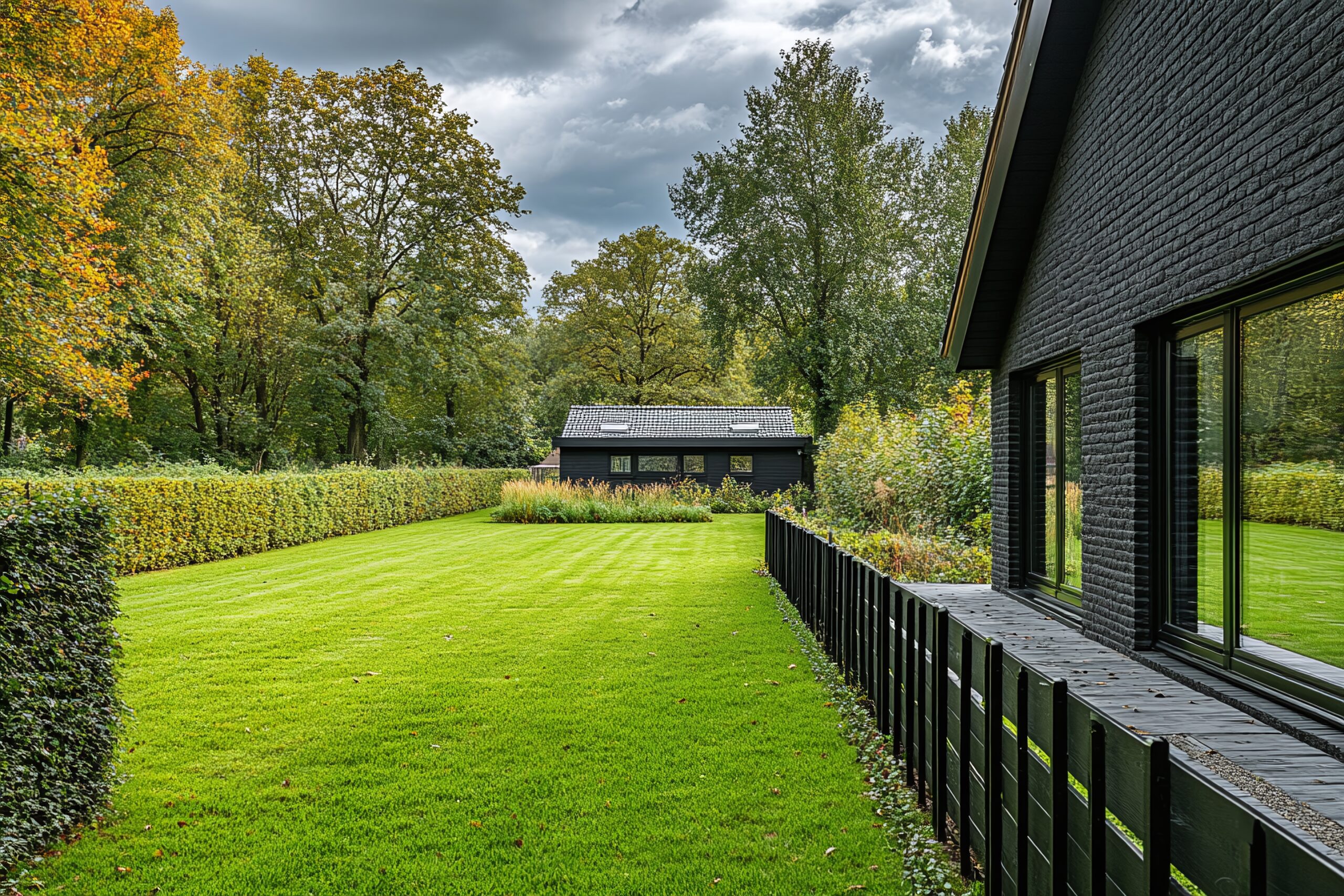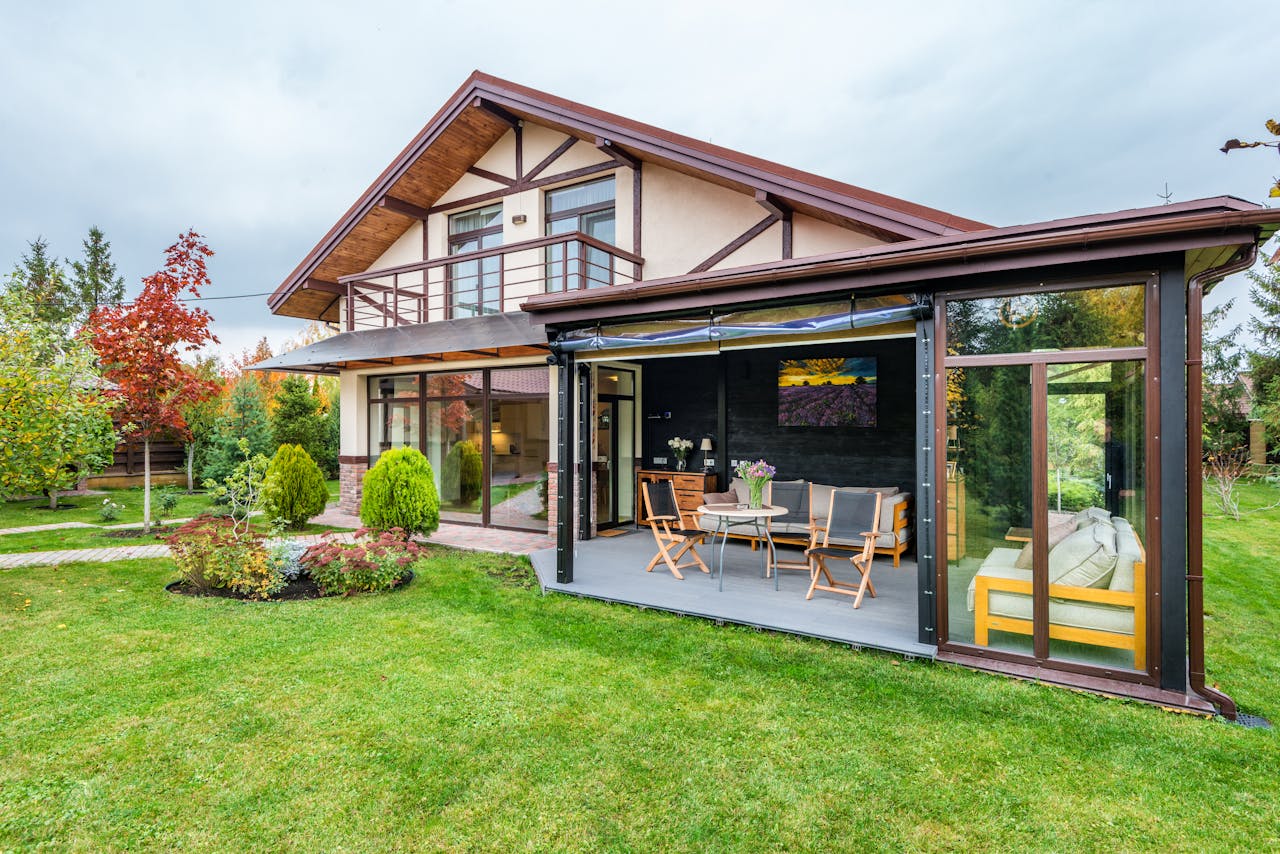Blog
What Happens When Your Yard Drainage Fails

When maintaining a healthy and beautiful yard, proper drainage is necessary. Yard drainage systems are designed to redirect water away from your property, preventing flooding and water accumulation.
When these systems fail, the consequences can be severe, affecting both your landscape and your property’s foundation. Homeowners should look into the potential outcomes and remedies of failing drainage systems below.
Drainage System Functionality
A yard drainage system’s primary function is to manage water flow efficiently, safeguarding your landscape and home from excess moisture. It involves the collection, movement, and absorption of rainwater or runoff. There are several types of drainage systems, including surface drainage, French drains, and dry wells, each suited to different soil types and yard configurations.
Surface drainage relies on grading the landscape to channel water away from buildings. French drains use perforated pipes buried in gravel to facilitate subsurface drainage. Sediment accumulation, tree root infiltration, or improper installation can disrupt these systems. Inconsistent drainage can lead to stagnant water, which promotes mold growth and attracts pests.
Seeking Professional Help for Drainage Solutions
In cases where DIY approaches fall short, seeking professional assistance is prudent. Drainage experts like Dura Trench possess the knowledge and experience to diagnose and address complex drainage problems efficiently. Their understanding of local soil conditions and climate patterns allows for effective and sustainable solutions tailored to your yard’s unique needs.
Professionals have access to advanced equipment that may not be readily available for homeowners, assisting in comprehensive assessments and installations. They can provide recommendations for appropriate products so that you invest in high-quality materials. Working with professionals can save time and money while delivering effective long-term drainage solutions.
Consequences of Inadequate Drainage
Poor drainage can result in multiple issues that compromise your yard’s health and your home’s structural integrity. Standing water becomes a breeding ground for mosquitoes and other insects, creating an unhealthy environment. Excess moisture can weaken your soil, leading to erosion and compromising the plants’ rooting systems.
In case of heavy rainfall, failing drainage can result in localized flooding, damaging your lawn, garden, and even neighboring properties. Homeowners experience an increase in mold and mildew, which can pose serious health risks if allowed to proliferate. Persistent moisture can threaten your foundation and result in costly structural repairs. The realization that your drainage system is malfunctioning should prompt immediate action to avoid these severe repercussions.
Identifying Signs of Drainage Failure
Observing standing water on the surface after rain is a clear indicator that your drainage system is not functioning correctly. You might notice a musty smell, a common symptom of mold or mildew growth resulting from excess moisture. Unevenly saturated soil can cause brown patches or unhealthy plant growth, hinting at improper drainage throughout your yard.
Clogged or misaligned systems can lead to further drainage issues. Foundation cracks or water stains in your basement are strong signs that your property is affected by drainage failure. Conducting routine checks on your drainage systems can help you address these problems before they escalate into more significant concerns.
Common Causes of Drainage System Failures
The most prevalent cause of the failure of yard drainage systems is improper installation, where the system does not function as intended from the start. If the drainage pipes are installed at the wrong gradient, they may not adequately facilitate water movement. Sediment buildup and debris can obstruct pipe flow, leading to inadequate drainage performance.
Tree roots can infiltrate drainage systems and cause clogs. Seasonal changes, particularly heavy rainfall or snowmelt, can exacerbate drainage issues by overwhelming systems. Aging infrastructure may fail due to wear and tear, requiring renovation or replacement. Understanding these causes empowers homeowners to take preventive measures and make informed decisions regarding maintenance and repairs.
Effective Solutions for Drainage Issues
If you suspect drainage failure in your yard, several solutions can help restore its functionality. Conduct a professional inspection to assess the extent of the problem and receive tailored recommendations. Oftentimes, simple unclogging or cleaning can resolve minor drainage issues. Adjusting the landscape grading to redirect water away from your foundation is another effective strategy. If you have a specific area prone to flooding, installing a French drain or a dry well can increase water flow management.
Regularly maintaining gutters and downspouts guarantees that they function optimally and don’t contribute to drainage problems. Homeowners may need to invest in more advanced drainage solutions if existing systems are outdated or insufficient. A combination of preventative measures and immediate remediation can mitigate the adverse effects of drainage failures.
Final Thoughts
Failed drainage systems can lead to a multitude of issues: water accumulation, erosion, and even mold growth. By recognizing the signs of drainage failure, understanding the common causes, and implementing preventive measures, homeowners can effectively manage their drainage systems. In situations requiring advanced solutions, seeking professional assistance can result in sustainable outcomes and preserve the value of your property.

















